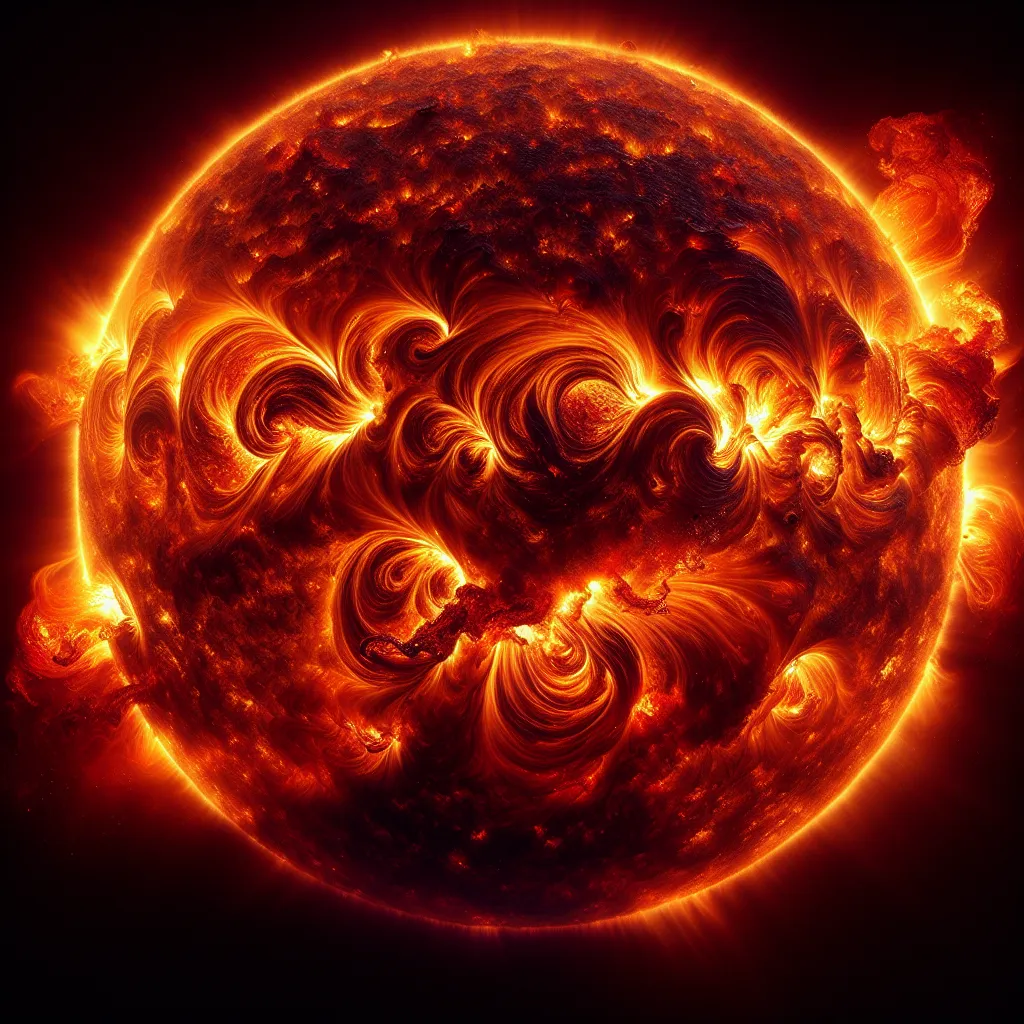The Sun, in all its mesmerizing splendor, governs our lives and every action we take. This radiant giant, often compared to Greek god Helios or the Egyptian deity Ra, has been a constant presence for millions of years. Rising at Stonehenge every summer solstice, it has been our closest encounter with a divine entity—an awe-inspiring spectacle that is difficult to comprehend.
Considering its distance, it’s astounding to think that if it burned out, we wouldn’t realize it for eight minutes. Its sheer magnitude is overwhelming; a staggering one million Earths could fit inside it. But who needs numbers when we can see the Sun every day, a familiar face in our sky?
Up close, the Sun transforms into something unrecognizable— a turbulent sea of incandescent gas. The surface temperature alone hits around ten thousand degrees, while the core could be tens of millions of degrees hot. This intense heat transforms millions of tons of matter into energy every single second, producing more power than all the nuclear weapons on Earth combined. Back home, this energy translates into the light and heat we depend on, yet up close, there’s nothing comforting about it.
The Sun’s electrical and magnetic forces erupt in colossal loops of molten gas, sometimes larger than a dozen Earths and more powerful than ten million volcanoes. These solar flares reveal cooler layers below, forming sunspots. While these spots appear black, they’re actually blisteringly hot—hotter than anything on Earth, and they can be twenty times the Earth’s size.
Despite all its glory and power, the Sun’s fuel will eventually be exhausted. When that day comes, its demise will take Earth with it. This celestial being creates life, destroys it, and constantly reminds us of the need to keep our distance.






